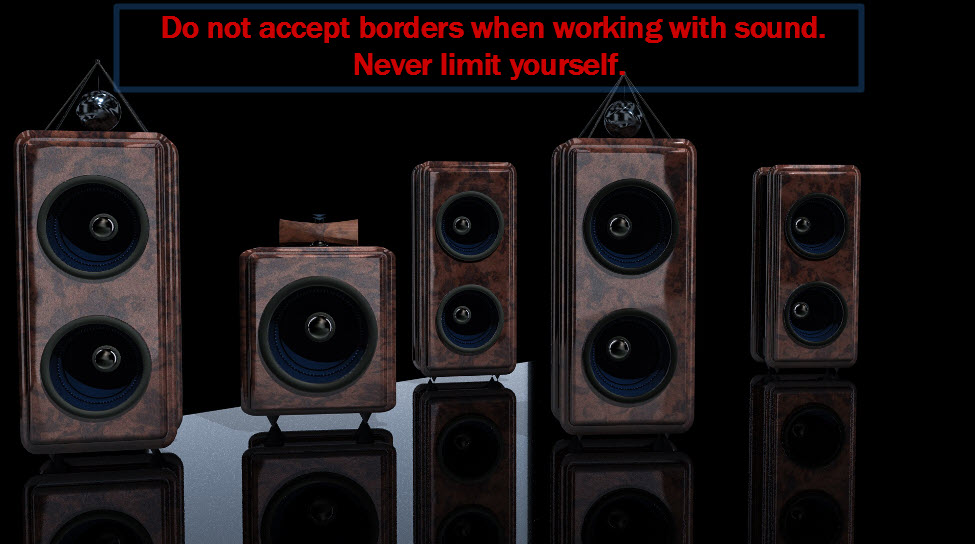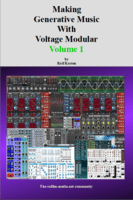Two New Books In 2024
I´m going to publish two new books again this year. The first one is about modular synthesis, about making generative music with modular synthesizers – with Cherry Audio´s Voltage Modular. You might think “Ohh, it´s a Voltage Modular version of your e-book trilogy about generative music!”
But you are wrong! It´s something completely new.
“Voltage Modular Partial Oscillator – a Universe Of Sound”
In this video I´m going to patch a complete simulation of one of Yamaha´s 4
operator DX synthesizers, I´m going to demonstrate all functions of the Partial Oscillator module – and show and explain it´s musical meaning.
This video is about creative and artful sound design and creative and artful ways of producing MUSIC.
And these are the main topics:
linear frequency modulation
through zero frequency modulation
exponential frequency modulation
Yamaha DX7 and DX27
FM operator
FM algorithm
“The Passenger Oscillator Mystery – Voltage Modular”
My new video “The Passenger Oscillator Mystery – Voltage Modular” is online now:
I dive deep into the functionality of Playertron´s “arcane” Oscillator module, and show a couple of (not only) spooky sound demos. See the content list for details.

Timeline / Content:
00:00 Intro
02:16 Tuning, FM and Frequency Ranges
Make Generative Music That Really Matters
My Newsletter October 2023
The Triumph Of a Misconception
My huge Voltage Modular Series has started, and the first video is on line now.
“The Triumph Of a Misconception” talks a bit about the legendary Roland TB-303, demonstrates and explains even the smallest details of the Voltage Modular “303 Bass Synth” module, introduces even two more Voltage Modular bass modules, which are inspired by Roland´s TB-303, and recreates three original vintage bass tracks, 2 from the 1980s and one from the 1990s
Rebuilding Everything!

The picture tells the whole story!
But be prepared for something
EXTRAORDINARY
at the end of next week!
Cheers and Peace!
Rolf
Quick & Easy - Modular Synth Patch Snippets Part 2
In this series of posts and articles I´m exclusively using rather basic modules to fulfil certain tasks, and I always try to leave the patches as less complex as possible.
Today´s tasks is: creating a simple macro controller
(this is really a simple one, but some of you might not have thought of it nevertheless)
Sometimes you don´t have enough hands to dial all knobs in your patch that you would need to in a live situation (or when recording in the studio without having automation on).
Modular Synths Players And Their Kind Of Humour

It is said, that modular synth enthusiasts suffer from a lack of humour and take their activities (too) deadly serious.
I don´t know whether that´s true or not.
So let me think back and find out if this is true for me.
Alright then.
In the late 60s it was definitely not true, nor was it until the late 70s.
Quick & Easy - Modular Synth Patch Snippets Part 1
In this series of posts and articles I´m exclusively using rather basic modules to fulfil certain tasks, and I always try to leave the patches as less complex as possible.
Today´s tasks is:
Make a random mono pitch progression polyphonic using only a single pitch CV source.
The block diagram shows the principle.
Red arrows are pitch CV,
yellow arrows are triggers and gates,
orange arrows are envelope modulated audio volumes,
blue arrows are pure audio.








